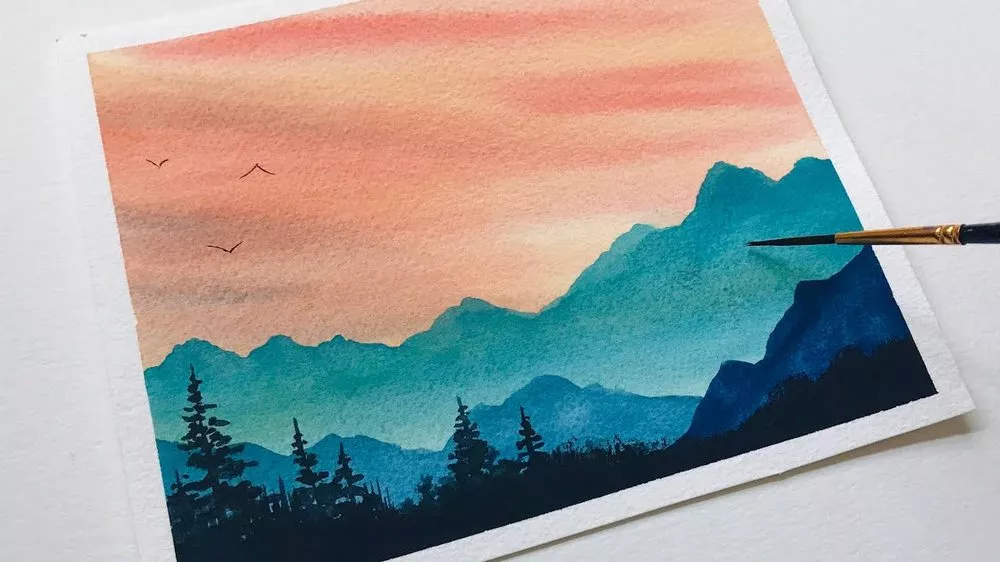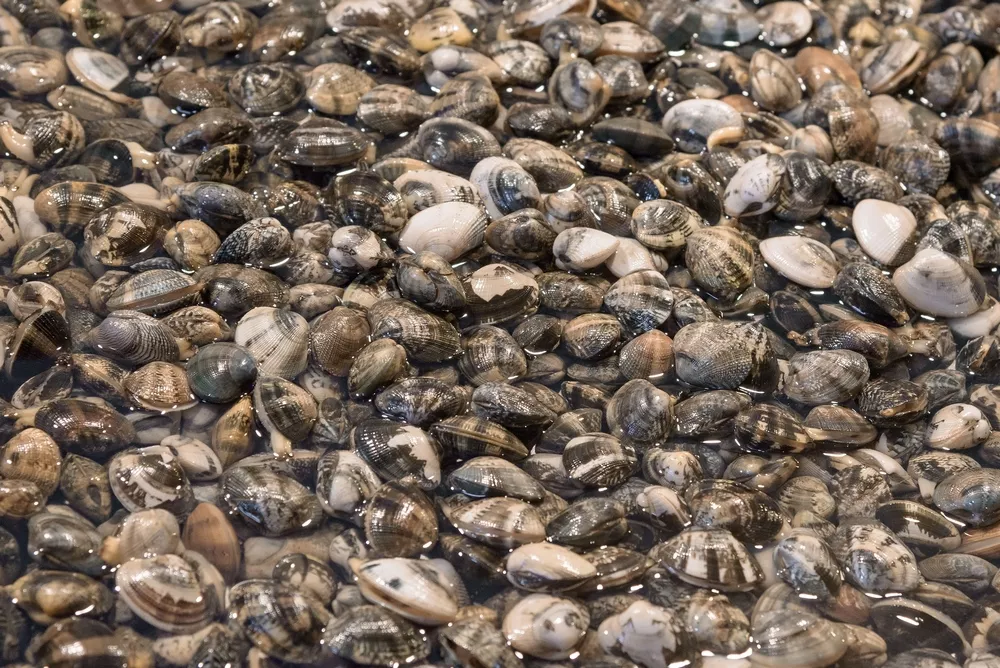As an artist, there are few things more satisfying than creating a beautiful landscape painting. The challenge lies in painting watercolors that accurately reflect the scene in front of you. This comprehensive guide will teach you everything you need to know about painting watercolor landscapes, from choosing the right colors to creating the perfect composition.
When it comes to painting landscapes, watercolors are the perfect medium. They allow you to capture the delicate nuances of light and shadow, and the ethereal quality of air and water. But watercolors can also be notoriously difficult to control, making them a challenging medium for beginners.
However, there are a few tips and tricks on art, design or photography. SkullsofHeaven is the one-stop resource for images design, photography news, tips, learn photo techniques and camera buying guides from professional to amateur photographers.
This guide will help you master the basics of painting watercolors, so you can create beautiful landscape paintings that reflect your unique vision.
Choosing the right colors
One of the most important decisions you’ll make when painting a watercolor landscape is choosing the right colors. The colors you use will determine the overall mood and feel of your painting, so it’s important to take some time to consider your options.
To start, you’ll need to decide whether you want to use warm or cool colors. Warm colors, like red and yellow, will give your painting a more vibrant feel, while cool colors, like blue and green, will create a more calming effect.
Once you’ve decided on the general feel of your painting, you’ll need to choose specific colors that accurately reflect the scene in front of you. To do this, it’s helpful to use a color wheel.
The color wheel is a tool that artists use to understand the relationships between different colors. It can help you choose colors that complement each other, and avoid those that clash.
When choosing colors for your landscape painting, it’s important to keep in mind the color temperature of the scene you’re trying to capture. For example, a sunny day will have warmer colors than a cloudy day.
Creating a color palette
Once you’ve chosen the colors you want to use, it’s time to create your color palette. A color palette is a selection of colors that you’ll use in your painting. It’s important to have a limited palette, so you don’t get overwhelmed by too many choices.
When creating your palette, start with a limited selection of colors, and then add more as you need them. It’s also helpful to have a range of light and dark colors, so you can create shadows and highlights.
One of the best ways to create a color palette is to choose a limited selection of colors, and then mix them together to create the desired effect. This will help you better understand how the colors work together, and give you more control over the final result.
Creating a composition
Once you’ve chosen your colors and created your palette, it’s time to start thinking about the composition of your painting. The composition is the arrangement of elements within the painting, and it’s one of the most important aspects of any work of art.
There are a few things to keep in mind when creating a composition for your landscape painting. First, you’ll need to decide on the point of view. This is the angle from which you’ll view the scene, and it will determine the overall perspective of the painting.
Next, you’ll need to choose the focal point. This is the part of the painting that will draw the viewer’s attention, so it’s important to choose wisely. A common mistake is to choose the most interesting part of the scene, but this can often lead to a cluttered and confusing composition.
Instead, try to choose a simple focal point, like a lone tree or a group of rocks. This will help to create a sense of order and calm within the painting.
Finally, you’ll need to consider the balance of the composition. This refers to the distribution of elements within the painting, and it’s important to create a balance that is pleasing to the eye.
One way to achieve balance is to use the rule of thirds. This rule states that the scene should be divided into thirds, both horizontally and vertically. This will help to create a sense of harmony within the painting.
Painting the landscape
Now that you’ve chosen your colors, created your palette, and composed your painting, it’s time to start painting!
When painting a landscape, it’s important to start with the sky. This will help to set the tone for the rest of the painting, and it will give you a chance to practice using your colors.


